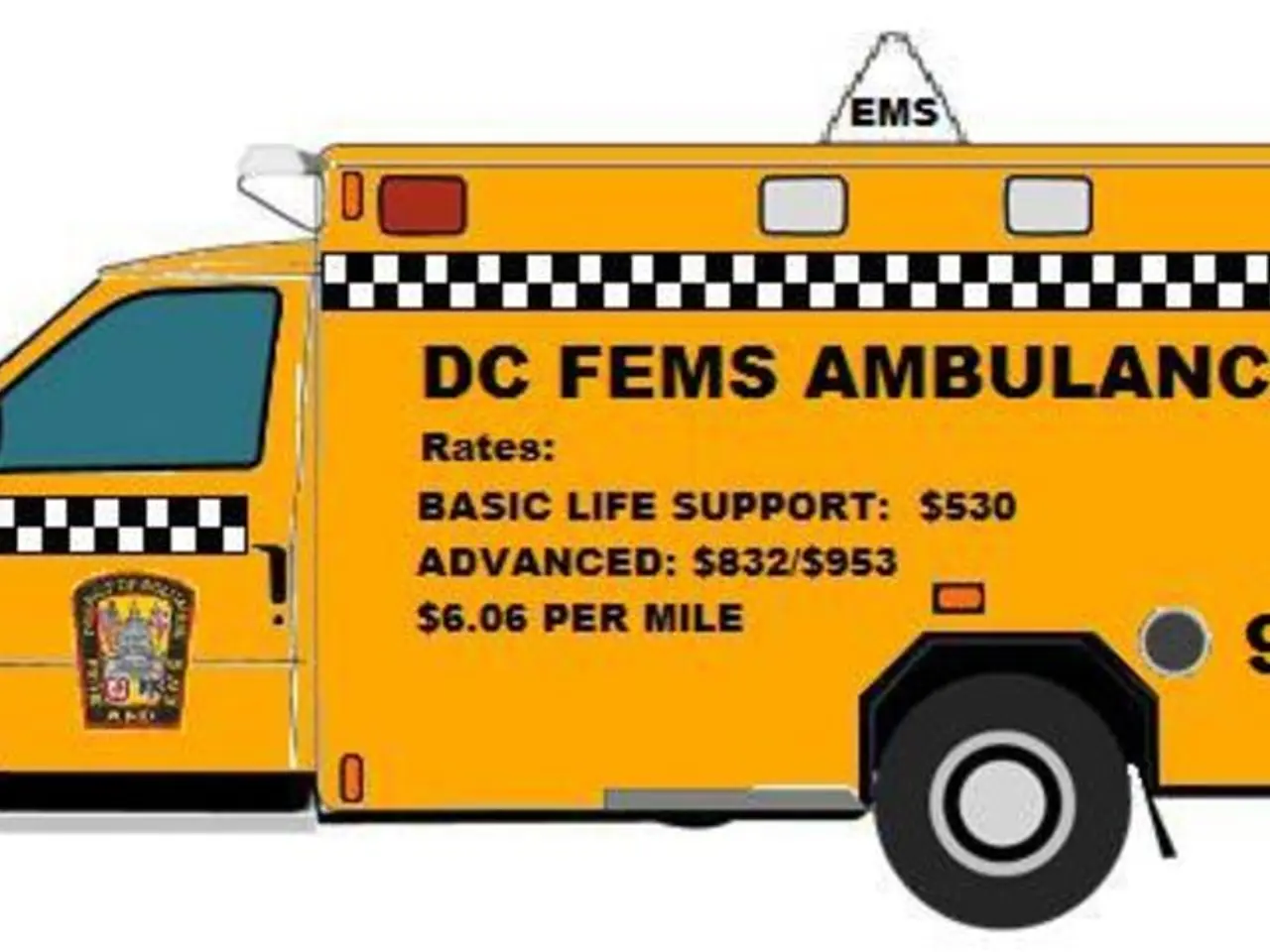Stroke Types, Symptoms, and Causes: An Overview of Cerebrovascular Accidents
Cerebrovascular accidents (CVAs), commonly known as strokes, are a serious medical condition that can have significant impacts on a person's health and quality of life. There are two main types of CVAs: ischemic stroke and hemorrhagic stroke.
Ischemic strokes account for the majority of CVA cases and occur due to a blockage of blood flow to the brain. Hemorrhagic strokes, on the other hand, occur as a result of bleeding in the brain.
Taking steps to treat the underlying causes of the stroke can help prevent future occurrences. A doctor can advise on any medication or other treatments they recommend to address the underlying cause. Part of recovery from CVA may take steps to prevent future CVA events. About 1 in 4 people will have another stroke within 5 years.
Several risk factors can increase a person's chances of a CVA. High blood pressure (hypertension), cigarette smoking, diabetes mellitus, high blood cholesterol levels, obesity and sedentary lifestyle, poor diet, and excessive alcohol use are some of the common modifiable risk factors for both ischemic and hemorrhagic strokes.
Hypertension is the most significant modifiable risk factor, accounting for about 35–50% of stroke risk. Controlling hypertension reduces the risk of both ischemic and hemorrhagic strokes substantially. Smoking, both active and passive, increases stroke risk by damaging blood vessels and promoting atherosclerosis. Diabetes increases stroke risk by 2 to 3 times, mainly through vascular damage.
Treatment for CVAs is crucial, as rapid treatment can improve outcomes. Taking an ambulance to the hospital can help speed up someone's diagnosis and treatment, which can help improve outcomes. Treatment for ischemic strokes may include a thrombolytic, such as tissue plasminogen activator (tPA), which helps break up blood clots. Hemorrhagic stroke treatments may include medications and surgical procedures to stop the bleeding.
A person should call 911 immediately if they or someone else suddenly experiences any of the following signs or symptoms of CVA: numbness or weakness in the arm, leg, or face; difficulty walking, loss of balance or coordination, or dizziness; difficulty seeing out of one or both eyes; confusion, difficulty speaking, or problems understanding speech; severe or sudden head pain.
To reduce the risk of CVA, a person can consume a diet rich in vegetables and fruits, get enough regular physical activity or exercise, maintain a moderate weight, limit alcohol intake, avoid or quit smoking, manage stress, and take steps to manage any underlying medical conditions. A person's doctor can provide more advice on ways they can help reduce their risk of CVA.
In clinical practice, managing hypertension, diabetes, smoking cessation, lipid control, healthy diet, physical activity, and limiting alcohol are principal strategies to reduce stroke risk. These modifiable factors overlap significantly but some, like high cholesterol and alcohol use, have stronger ties to specific stroke types.
A transient ischemic attack (TIA), also known as a "ministroke" or "warning stroke," is different from the types listed above as something blocks blood flow for a short period, often fewer than 5 minutes.
References:
- Benjamin EJ, Muntner P, Alonso A, Bittencourt MS, Callaway CW, Carson A, et al. Heart disease and stroke statistics—2018 update: a report from the American Heart Association. Circulation. 2018;137(10):e146–e603.
- Chaturvedi S, Chaturvedi N. Stroke. In: StatPearls [Internet]. StatPearls Publishing; 2021.
- Wong ND, Benjamin EJ, Muntner P, Alonso A, Bittencourt MS, Callaway CW, et al. Heart disease and stroke statistics—2019 update: a report from the American Heart Association. Circulation. 2019;139(10):e56–e528.
- Yusuf S, Hawken S, Ounpuu S, Dans AL, Avezum A, Lopez-Jaramillo P, et al. Effect of potentially modifiable risk factors associated with myocardial infarction in 52 countries (the INTERHEART study): case-control study. Lancet. 2004;364(9431):937–952.
- Zhang X, Wang Y, Zhang Y, Zhang J, Zhang J, Zhang X, et al. Global and regional burden of stroke during 1990–2016: findings from the Global Burden of Disease Study 2016. Lancet Neurol. 2017;16(10):877–901.
- Neurological disorders, such as strokes, can significantly impact a person's health and quality of life.
- There are two main types of strokes: ischemic and hemorrhagic.
- Ischemic strokes, the most common, occur due to a blockage of blood flow to the brain.
- Hemorrhagic strokes, caused by bleeding in the brain, are the less common type of stroke.
- Treating the underlying causes of a stroke is crucial for preventing future occurrences.
- A doctor can advise on medication or therapies and treatments to address the underlying cause.
- A healthy lifestyle can also help prevent future stroke events.
- Risk factors for stroke include high blood pressure, cigarette smoking, diabetes, high cholesterol, obesity, sedentary lifestyle, poor diet, and excessive alcohol use.
- Hypertension is the most significant modifiable risk factor, accounting for about 35–50% of stroke risk.
- Smoking increases stroke risk by damaging blood vessels and promoting atherosclerosis.
- Diabetes increases stroke risk by 2 to 3 times, mainly through vascular damage.
- Treatment for strokes is time-sensitive, with rapid treatment improving outcomes.
- Warning signs of a stroke include numbness, difficulty walking, loss of balance or coordination, vision problems, confusion, difficulty speaking, and severe headache.
- To reduce the risk of stroke, a person can consume a healthy diet, exercise regularly, manage weight, limit alcohol, quit smoking, manage stress, and manage any underlying medical conditions. A doctor can provide more advice on reducing stroke risk.




